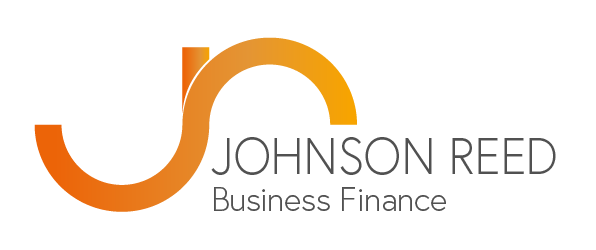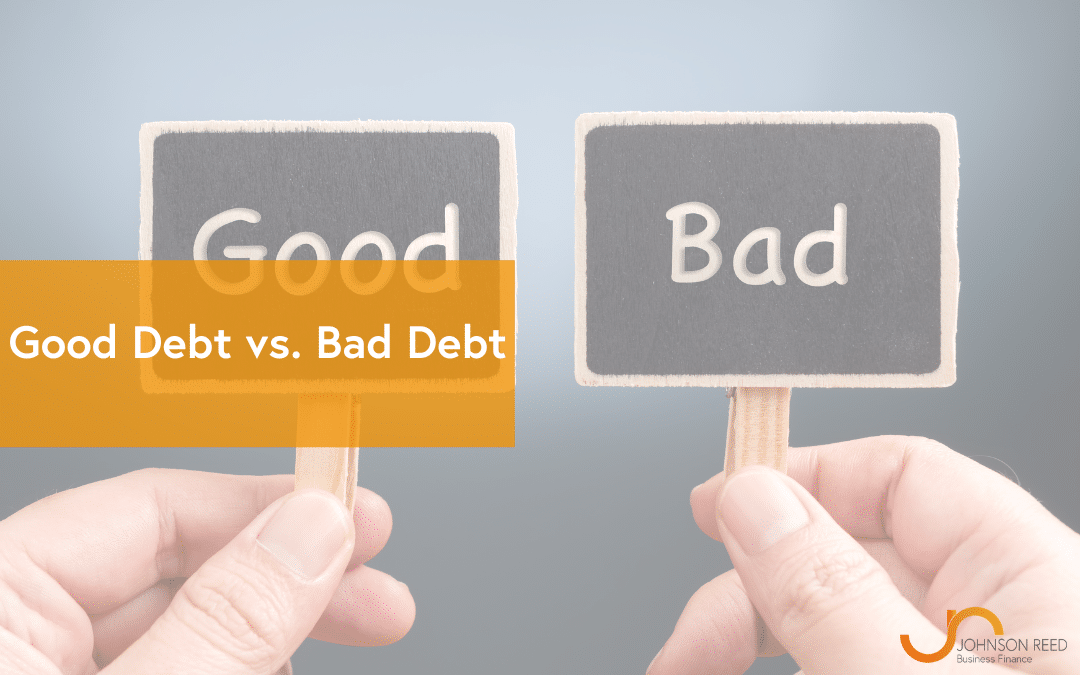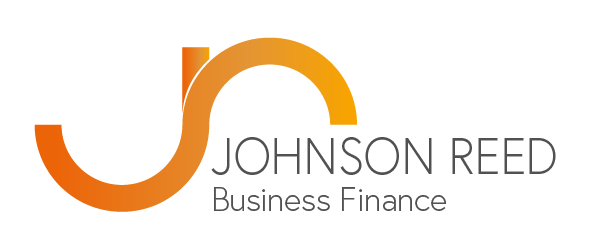We know what you must be thinking: “Good debt, bad debt, surely all debt is the same, and I don’t want to be in debt!” Which is a fair point, but we hear this all the time, and it is crucial to understand and distinguish between the different types of debt, why some can be beneficial to your business and its operations, and why some can be harmful to your long term finances, cash flow and objectives.
Firstly, it is inevitable that your business will take on debt, and this isn’t a bad thing, provided the debt is used in a positive way to improve and invest in your business.
Good Debt
Good debt is simple, any type of finance that invests in the future of your business, helps to increase revenue, decrease costs or both can be considered good debt. It is helping you to make money, protect the cash you have and keep trading or expanding without being a burden on your cash flow. For example, if you invest in asset finance for a new piece of kit that can help you produce a better product or service, which increases sales, and will continue to do so, then this can absolutely be considered a positive debt. A chip shop needs frying ranges, a gym needs weights and machines and offices need IT systems, without all of this, your business wouldn’t be able to function and therefore customers wouldn’t continue to buy from you. So by using finance, leasing or a loan to invest in your business, buy some kit or bring a process in-house to reduce costs, you are creating a good debt.
Examples of good debt include:
However, it is important that this finance is used to either increase revenue or decrease costs, as opposed to papering over cracks, which leads us on to bad debt.
Bad Debt
In comparison, bad debt is traditionally short-term, papers over cracks and offers no sustainability for your company. It puts pressure on bottom line figures, which is where debt can build up. If debt is secured with the aim of paying existing bills, overheads, wages, etc. then it is only going to put pressure on the business. Loans to pay debt or bills can be classed as bad debt as it has no positive contribution to the revenue and paying back such debts will put a strain on cash flow. It is important to question the contribution and reason behind taking finance, and how it can impact your business.
Criteria for debt
We have established some clear criteria for debt, and how you can establish whether it is good or bad.
- Does it make your business money?
- Will the debt make more money than it costs to borrow?
- Does it help retain cash or decrease costs?
- Is it a long-term solution?
Buying kit, equipment or assets that bring in customers, sales and increase revenue or decrease production costs or renting costs tick these boxes and can therefore be considered good debt. So if you’re in two minds about taking a loan, finance or leasing, then consider whether it is the smart choice, and if it is, then go for it, and improve your business.
If you are interested in a business loan, equipment finance or leasing from Johnson Reed, visit our website, drop us a call (0161 429 6949) or an email ([email protected]).


